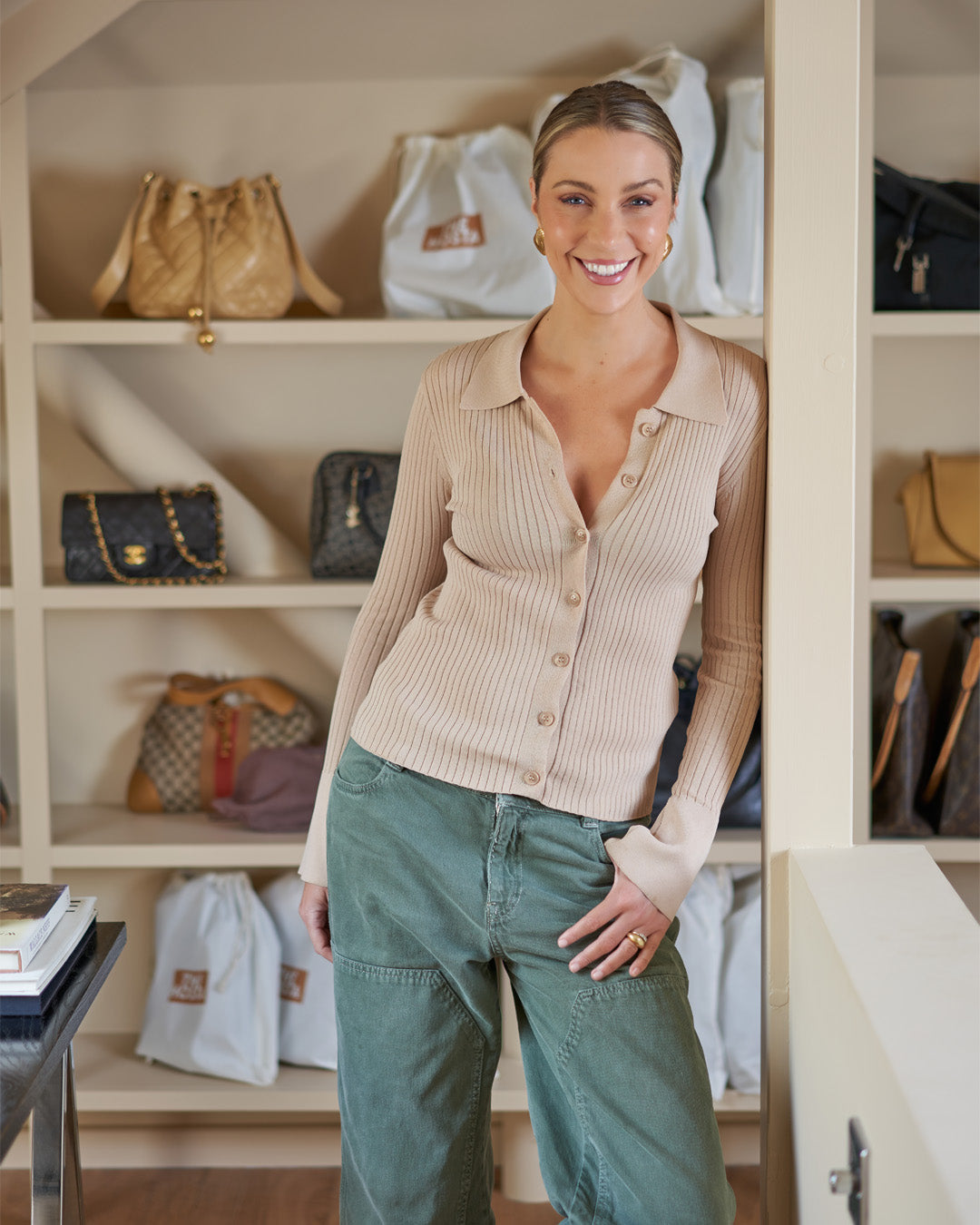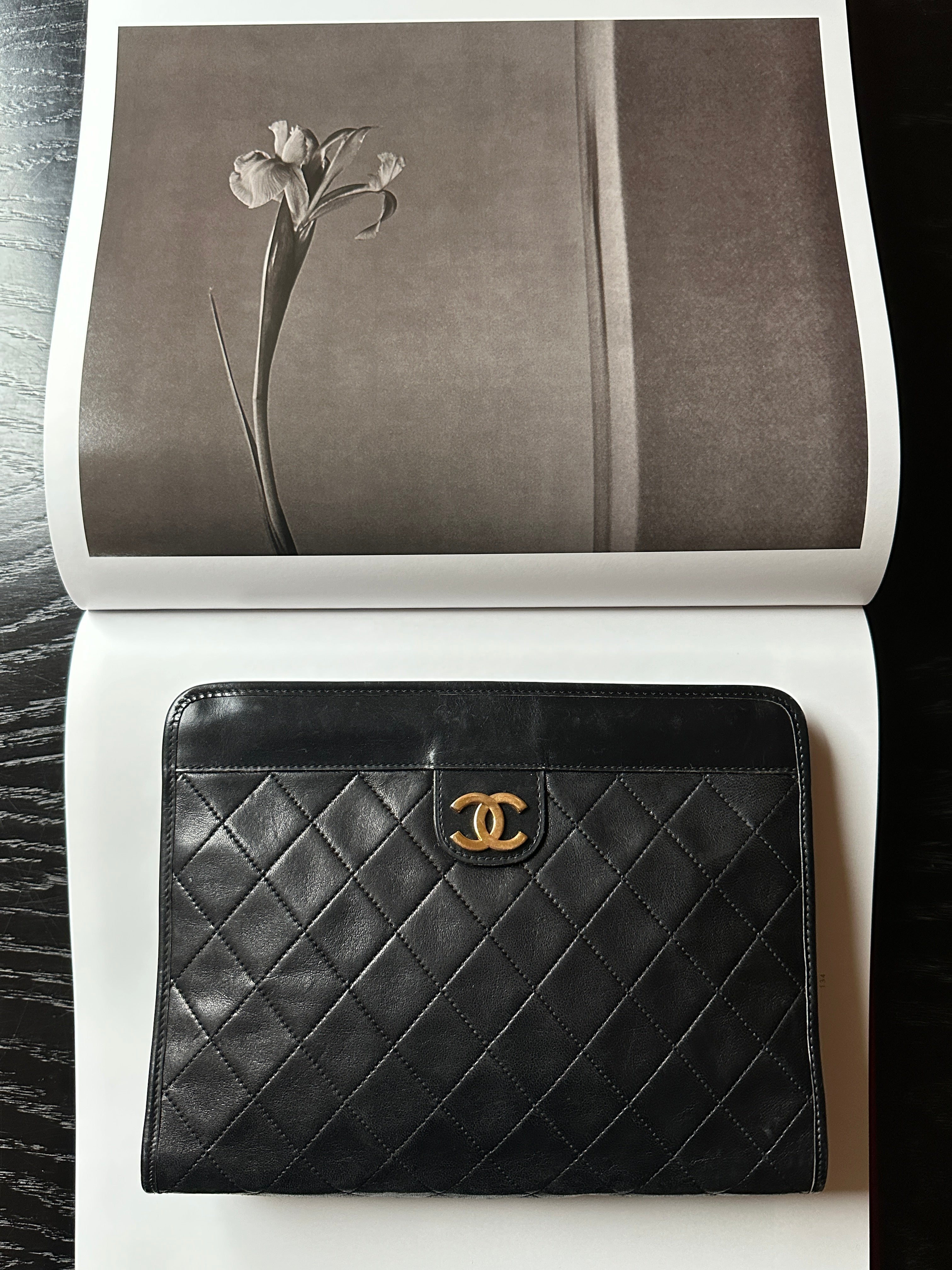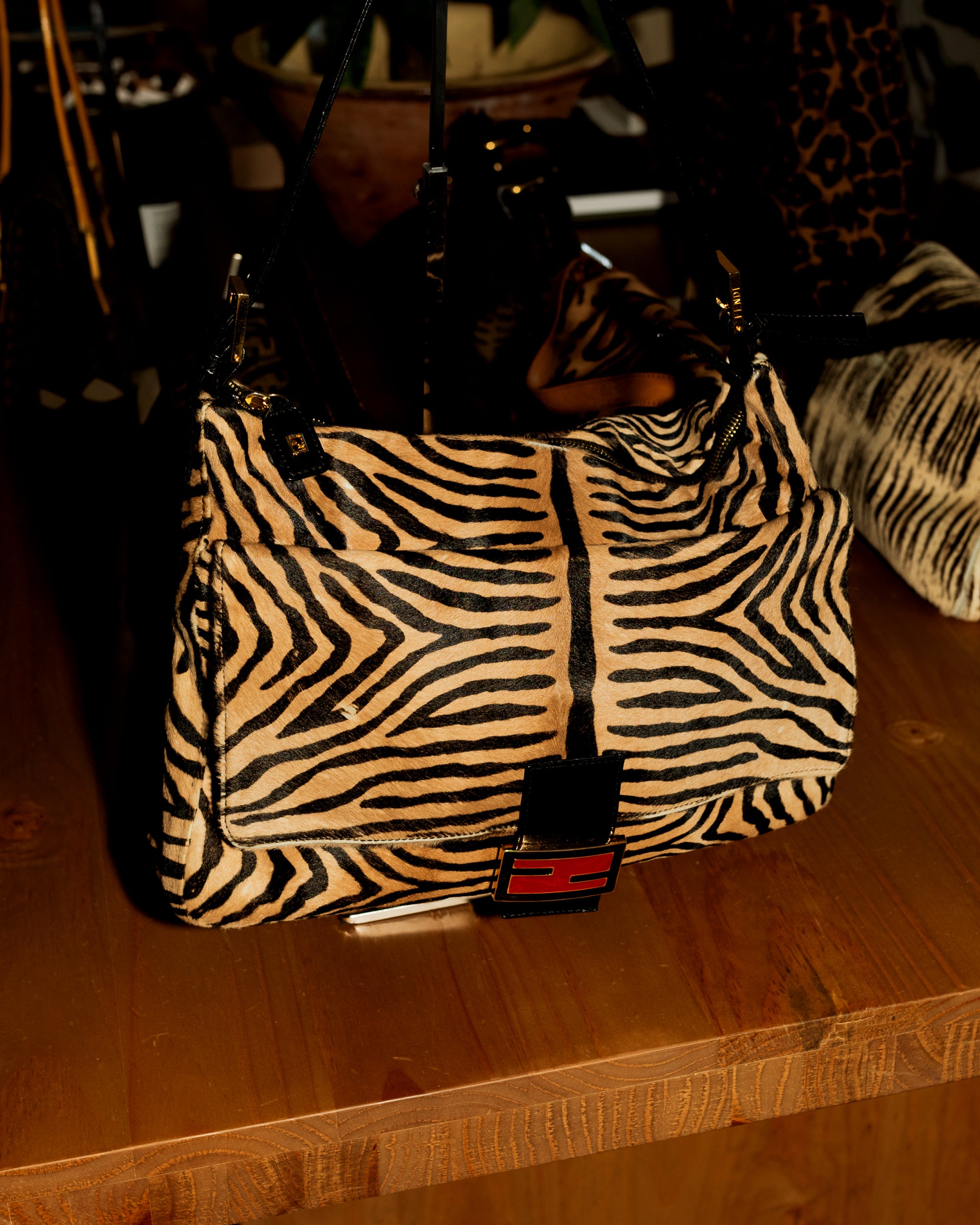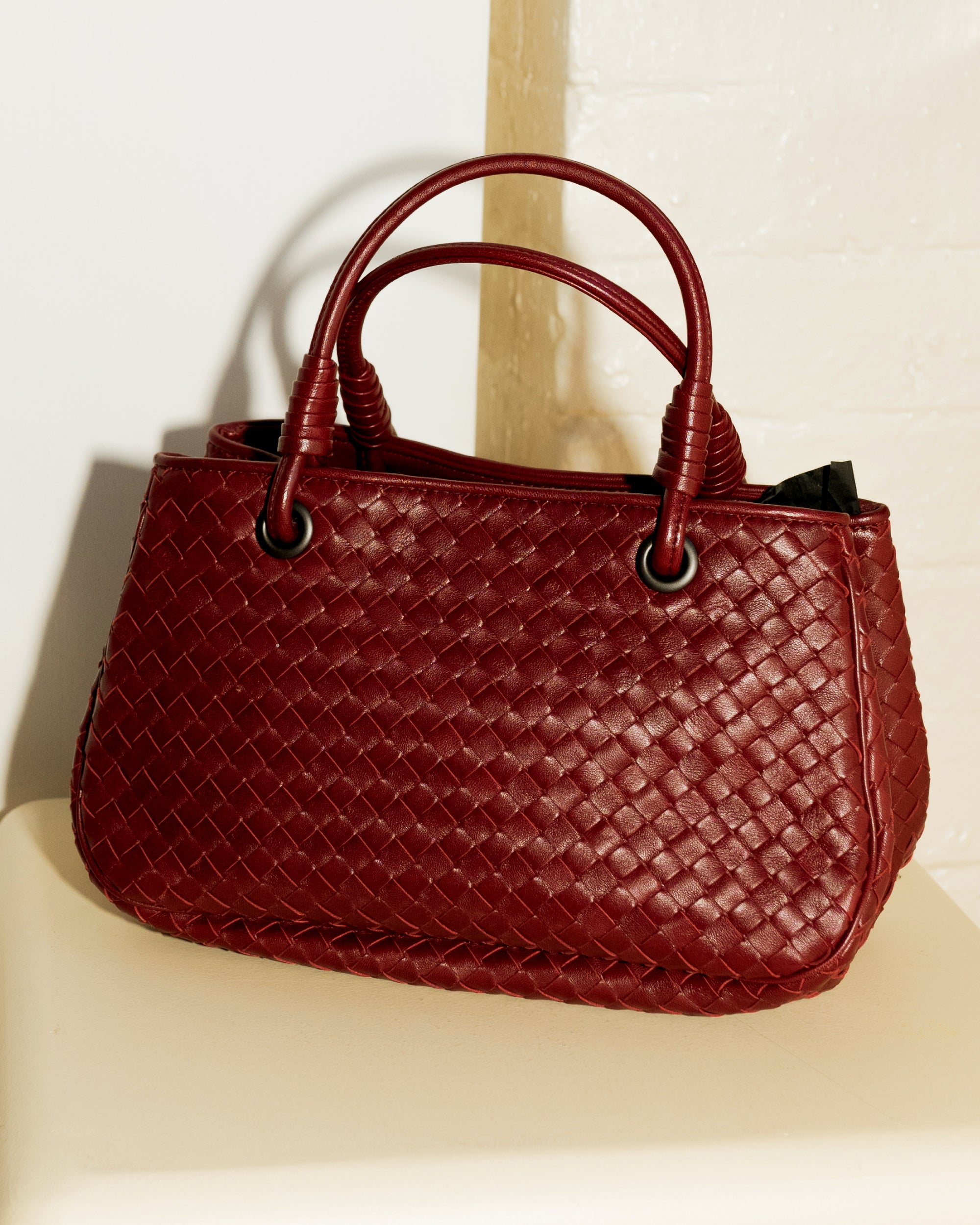
The Hosta’s Danni on Sustainable Style, Secondhand Designer Bags & Her First Bag Launch
We had the pleasure of sitting down with Danni, the founder of The Hosta — a beautifully curated destination for pre-loved designer bags. With a passion for sustainability and timeless style, Danni has built a business that champions circular fashion while making luxury more accessible. As we celebrate Secondhand September, we couldn't think of a better time to chat with her about the story behind The Hosta, her love for vintage, and what’s next — including the exciting launch of her very own bag design.
To start off, could you introduce yourself to our community and tell us a bit about The Hosta?
I’m Danni, the founder of The Hosta, a curated platform for vintage and pre owned handbags that celebrates quality, longevity and thoughtful design. Before launching The Hosta, I spent over 17 years working in the fashion industry, developing bags and accessories for brands like COS, Nanushka and Hunter. The Hosta began as a response to the pace and excess I saw around me. It offers a more intentional way to shop, every piece is carefully selected for its craftsmanship, condition and ability to stand the test of time.

What inspired you to start your beautiful business? (We’re big fans, by the way!)
Thank you, that’s so kind to hear. The idea for The Hosta took shape during the pandemic, when I finally had time to reflect on the way I was working and consuming. I kept returning to the same vintage bags in my own wardrobe, the ones I had held on to, worn often and truly loved. I wanted to create a space that focused on those pieces. The ones with character and craftsmanship. The Hosta is about slowing down, choosing well and appreciating the beauty of things that are made to last.
Why do you personally prefer buying designer bags secondhand rather than new?
There’s something incredibly rewarding about finding a secondhand piece that speaks to you. Often, the materials are better, the construction is stronger and the design more unique than what’s available new. You’re also giving something a second life, which is the most sustainable way to shop. I love the sense of discovery that comes with it, and the fact that you’re far less likely to bump into someone carrying the same bag.
Are there certain brands or styles that tend to hold their value best? What would you consider true “investment” pieces?
Chanel, Hermès and Louis Vuitton all have strong resale markets, particularly for classic silhouettes like the Classic Double Flap, the Kelly or the Noé. But I always encourage people to think beyond resale value and consider longevity. An investment bag is one that wears beautifully, works hard in your wardrobe and brings you joy for years. I’m drawn to houses like Bottega Veneta and Loewe for their materials and quiet craftsmanship.
We hear you're in the process of designing your very own bag. How exciting. Can you share a little more about the inspiration behind it and what sparked the idea?
Yes and I’m really excited about it. This design has been in the making for some time, shaped by years of sourcing and handling vintage leopard printed bags, which have become something of a signature at The Hosta. We’ve become known as the go to for beautifully made vintage leopard printed calf hair styles. The quality in these older pieces is exceptional, the calf hair is incredibly soft, the print is just right, and the construction is built to last.
While the high street often tries to emulate this look, the materials and finish rarely hold up. At the other end of the spectrum, some luxury houses do achieve this level of quality, but it usually comes with a price tag of three thousand pounds or more. I saw a clear gap in the market, for something made to the same standard as the very best vintage and designer pieces, but at a more accessible price point.
So I decided to create it. The bag is being produced in Italy, in a small family run atelier, using leather from one of the country’s most respected tanneries. Every detail has been carefully considered, from the feel of the materials to the way the bag will wear and age. It is slowly made, in small batches, using the kind of craftsmanship that is becoming increasingly rare. A design that nods to the past, feels right for now, and is built to last.


Since it’s Secondhand September, we'd love to hear your top tips for shopping pre-loved fashion. Any advice for someone new to it?
Start with what you genuinely wear often. If you’re always reaching for a tote or a crossbody, find a pre-loved version in a shape and material you know works for you. Pay attention to construction, good stitching, solid hardware, quality leather, those details tell you a lot. Lean on the experts and hunt out curated edits like ours, ask for advice on what may work for you, your budget and lifestyle. And take your time. One of the joys of secondhand is the hunt. Don’t rush to replicate trends, look for pieces that speak to your personal style and that you’ll love years from now.
And finally, where do you see the future of vintage and circular fashion heading?
I think we’re moving towards a more thoughtful way of dressing. More people are beginning to ask not just how something looks, but how it was made, where it came from and how long it will last. That mindset shift is so encouraging. I believe the future lies in smaller, more curated platforms, deeper storytelling and a return to valuing quality over quantity. Circular fashion is no longer niche, it’s becoming a core part of how we build wardrobes with meaning.
